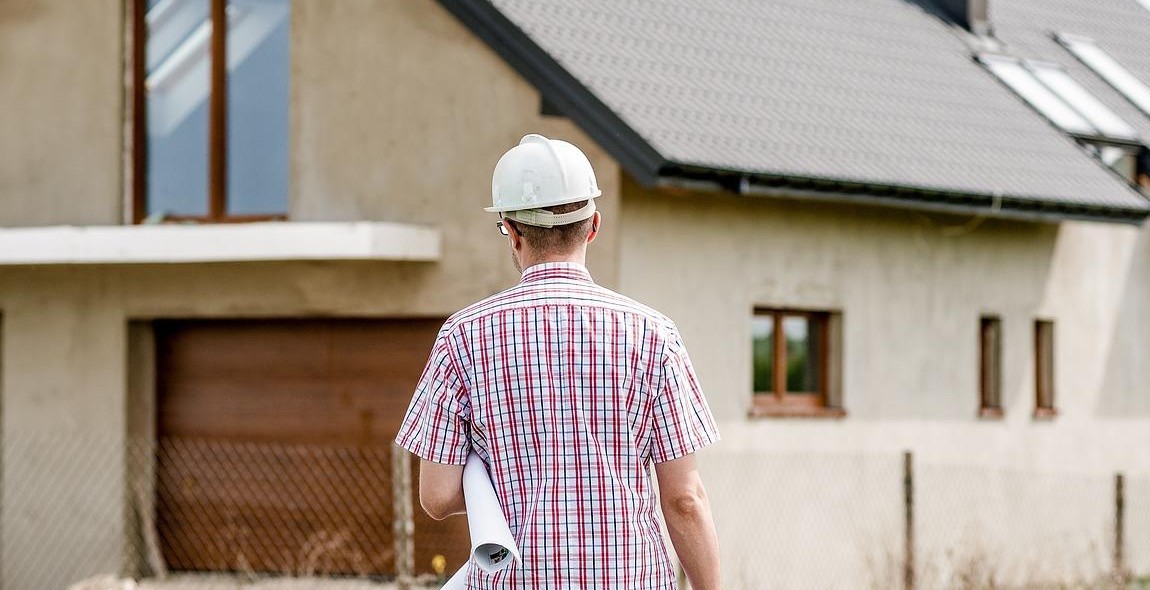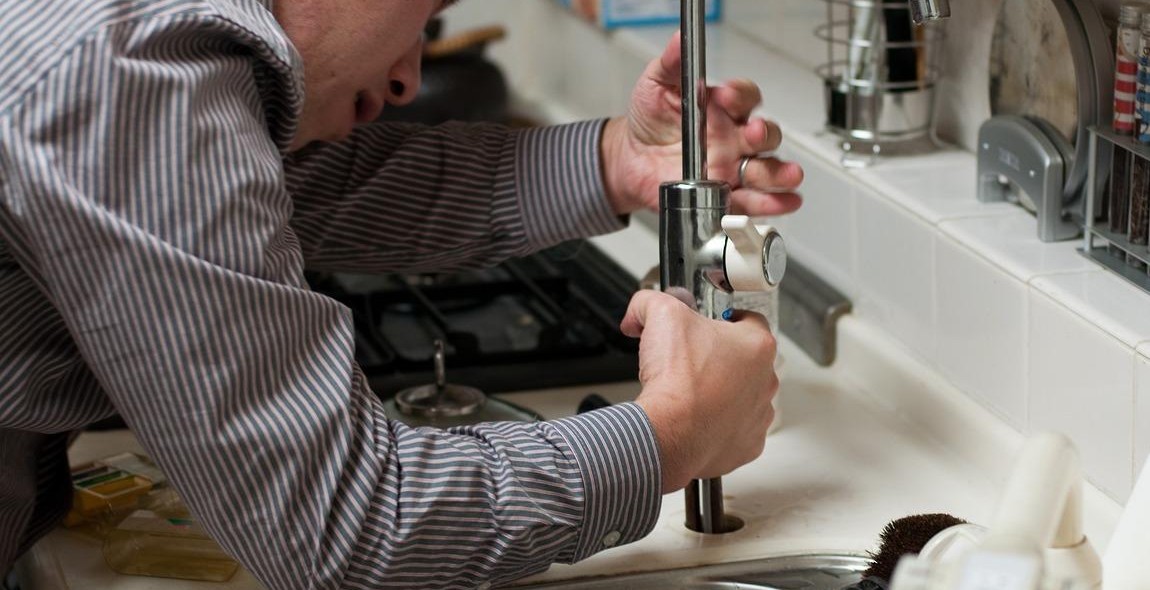How to Do Basic Home Repairs: Essential Skills for DIY Maintenance
As a professional article writer and content creator, I have learned through personal experience the importance of knowing basic home repairs. Being able to fix minor issues around the house not only saves you money but also gives you a sense of accomplishment. However, not everyone is born with handyman skills, and that’s okay. With a little bit of practice and guidance, anyone can learn how to do basic home repairs.
Why Learn Basic Home Repairs?
Learning basic home repairs can save you hundreds or even thousands of dollars in repair costs. By being able to fix minor issues yourself, you can avoid calling in a professional for every little thing. Additionally, knowing how to do basic home repairs can also increase the value of your home and prevent minor issues from turning into major problems.
What Are Basic Home Repairs?
Basic home repairs include tasks such as fixing a leaky faucet, replacing a light fixture, patching drywall, and unclogging a drain. These are simple repairs that can be done with a few basic tools and a little bit of know-how.
In this article, I will provide step-by-step instructions for some of the most common basic home repairs. Whether you’re a homeowner looking to save money on repair costs or simply someone who wants to learn a new skill, this article is for you.

Essential Tools for Home Repairs
When it comes to basic home repairs, having the right tools is essential. Here are the top five tools that every DIY homeowner should have in their toolbox:
Hammer and Nails
A hammer and nails are the most basic tools you’ll need for any home repair project. Whether you’re hanging pictures, building a bookshelf, or fixing a loose floorboard, a hammer and nails will come in handy. Look for a hammer with a comfortable grip and a variety of nail sizes to suit your needs.
Screwdrivers and Screws
Screwdrivers and screws are another must-have for any homeowner. From tightening loose doorknobs to assembling furniture, you’ll need a variety of screwdrivers and screws in different sizes to tackle any job. Look for a set that includes flathead and Phillips screwdrivers, as well as a range of screw sizes.
Pliers and Wrenches
Pliers and wrenches are essential for any plumbing or electrical repairs you may need to make. Pliers can be used to grip and twist wires, while wrenches are used to tighten or loosen nuts and bolts. Look for a set that includes both types of tools in a range of sizes.
Measuring Tape
A measuring tape is essential for any home repair project that requires precise measurements. Whether you’re measuring for a new piece of furniture or cutting a piece of wood to fit a specific space, a measuring tape will come in handy. Look for a tape that is at least 25 feet long and has both imperial and metric measurements.
Utility Knife
A utility knife is a versatile tool that can be used for a variety of home repair projects. From cutting drywall to trimming carpet, a utility knife is an essential tool for any DIY homeowner. Look for a knife with a comfortable grip and a retractable blade for safety.
With these five essential tools in your toolbox, you’ll be ready to tackle any basic home repair project that comes your way.

Basic Home Repairs You Can Do Yourself
As a homeowner, it’s essential to know how to do basic home repairs to save money and time. Here are some of the essential skills you should have as a DIY enthusiast.
Fixing a Leaky Faucet
A leaky faucet is a common problem in many households. The good news is that it’s an easy fix that you can do yourself. Start by turning off the water supply to the faucet. Then, remove the handle and the nut that holds the cartridge in place. Replace the old cartridge with a new one, reassemble the faucet, and turn the water supply back on. Voila! No more leaky faucet.
Replacing a Light Fixture
Replacing a light fixture is a simple task that can change the look of your room. Start by turning off the power supply to the fixture. Then, remove the old fixture by unscrewing the screws that hold it in place. Next, connect the wires of the new fixture to the wires in the ceiling, following the manufacturer’s instructions. Finally, attach the new fixture to the ceiling, turn on the power supply, and enjoy your new lighting.
Unclogging a Drain
A clogged drain can be a nightmare, but it’s a common problem that you can fix yourself. Start by removing any visible debris from the drain. Next, use a plunger to create suction and force the clog out. If the plunger doesn’t work, try using a drain snake to dislodge the clog. Pouring boiling water down the drain can also help dissolve any remaining debris.
Replacing a Toilet Flapper
A faulty toilet flapper can cause your toilet to run continuously, wasting water and money. Replacing it is an easy fix. Start by turning off the water supply to the toilet. Then, remove the old flapper by unhooking it from the chain and replacing it with a new one. Finally, turn the water supply back on and test your toilet to ensure it’s working correctly.
Repairing Drywall Holes
Drywall holes can be unsightly, but they’re easy to fix. Start by cleaning the hole and removing any debris. Cut a piece of drywall slightly larger than the hole and attach it to the wall with screws. Cover the screws with joint compound and let it dry. Sand the surface until it’s smooth, and then apply a second coat of joint compound. Sand it again and paint over the repaired area, and you’re done.
Conclusion
By learning these basic home repairs, you can save money and time while keeping your home in good condition. With a little practice, you’ll be able to tackle more advanced repairs and renovations with confidence.

Safety Tips for Home Repairs
Home repairs and maintenance are essential for keeping your house in top condition. However, it’s crucial to prioritize your safety when performing DIY repairs. Here are some safety tips to keep in mind:
Wear Protective Gear
Always wear appropriate protective gear when working on home repairs. This includes gloves, safety glasses, and a dust mask. If you’re working with power tools, ensure you have ear protection as well. Protective gear can prevent injuries and keep you safe from harmful chemicals and dust.
Turn Off the Power
Before starting any electrical repair work, turn off the power to the area you’ll be working in. This includes turning off the circuit breaker or unplugging any electrical devices. Never work on live wires as it can be dangerous and life-threatening.
Use Tools Properly
Using tools correctly is vital for your safety and the success of your home repair project. Always read the manufacturer’s instructions before using a tool and ensure you’re using it correctly. If you’re unsure how to use a tool, seek guidance from a professional.
Read and Follow Instructions
Whether you’re repairing a leaky faucet or installing a new light fixture, always read the instructions carefully before starting the project. Following the instructions can prevent mistakes and accidents. If you’re having trouble understanding the instructions, seek help from a professional.
Conclusion
Prioritizing your safety when performing DIY home repairs is essential. By following these safety tips, you can prevent injuries and ensure the success of your home repair projects.

When to Call a Professional
While basic home repairs can be done by anyone with the right tools and knowledge, there are times when it’s best to call in a professional. Here are some situations where you should consider hiring a professional:
1. Electrical Work
Electrical work is not something to mess around with if you’re not experienced. A mistake could cause serious injury or even death. If you need to install new wiring, replace a circuit breaker, or fix a faulty outlet, it’s best to call a licensed electrician.
2. Plumbing
Plumbing issues can quickly become a nightmare if you don’t know what you’re doing. If you have a leaky faucet, clogged drain, or need to install a new toilet, you can probably handle it on your own. However, if you have a major leak or need to replace pipes, it’s best to call a licensed plumber.
3. Roofing
Repairing or replacing a roof is a dangerous job that requires specialized knowledge and equipment. If you have a small leak, you may be able to patch it yourself. However, if you need to replace shingles or repair a large section of the roof, it’s best to call a professional roofing contractor.
4. Structural Repairs
If you notice cracks in your walls or foundation, it could be a sign of a serious problem. Attempting to fix it yourself could make the problem worse. It’s best to call a professional contractor who can assess the situation and make the necessary repairs.
5. Major Renovations
If you’re planning a major renovation, such as adding a room or remodeling your kitchen, it’s best to hire a professional contractor. They’ll have the knowledge and experience to make sure the job is done right and up to code.
Remember, there’s no shame in calling a professional. In fact, it can save you time, money, and a lot of headaches in the long run.

Conclusion
Basic home repairs are essential skills that every homeowner should have. These skills can save you money, time and give you a sense of accomplishment. By learning how to do basic home repairs, you can take control of your home maintenance and tackle minor issues before they become major problems.
Remember, safety should always be your top priority when handling tools and equipment. Always wear protective gear, follow safety instructions, and seek professional help if you are unsure about a repair job.
Final Thoughts
Home repairs may seem daunting, but with the right tools, knowledge, and practice, you can become a proficient DIYer. Start small, and gradually build your skills and confidence. You will be surprised at how much you can accomplish with just a few basic tools and a willingness to learn.
Resources
There are many resources available to help you learn basic home repairs. You can find online tutorials, books, and even community classes. Take advantage of these resources and don’t be afraid to ask for help. You can also consult with hardware store professionals who can give you expert advice and help you find the right tools for the job.
Remember, a well-maintained home is a happy home!
| Basic Home Repairs | Tools Needed |
|---|---|
| Fixing a leaky faucet | Wrench, pliers, screwdriver |
| Replacing a light fixture | Screwdriver, wire stripper, wire nuts |
| Patching a hole in drywall | Drywall saw, drywall tape, joint compound |
| Unclogging a drain | Plunger, drain snake, baking soda and vinegar |
